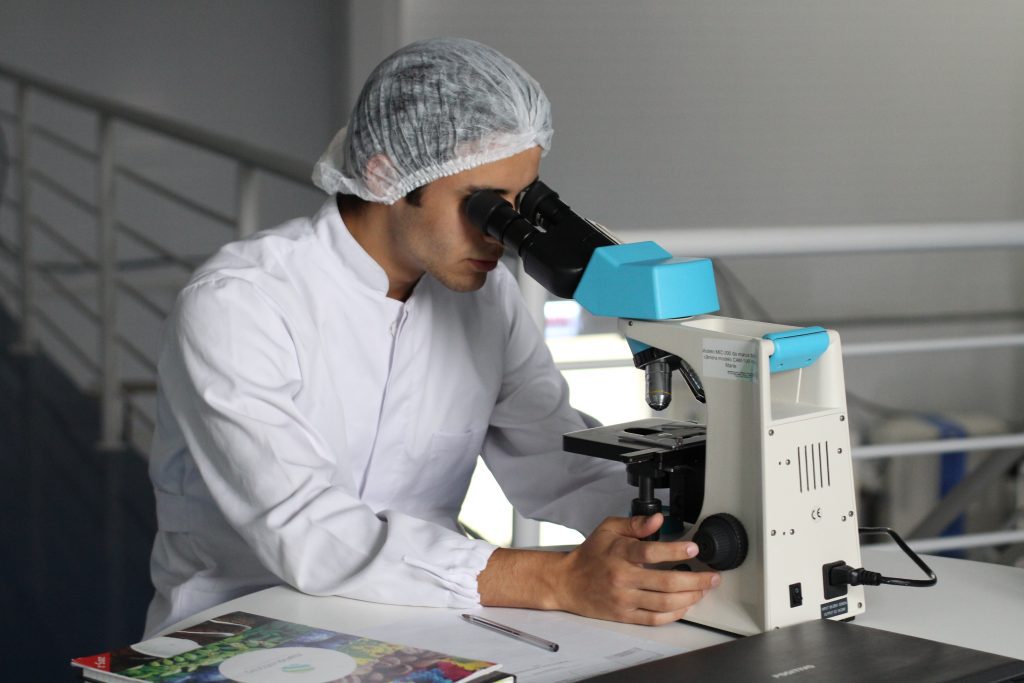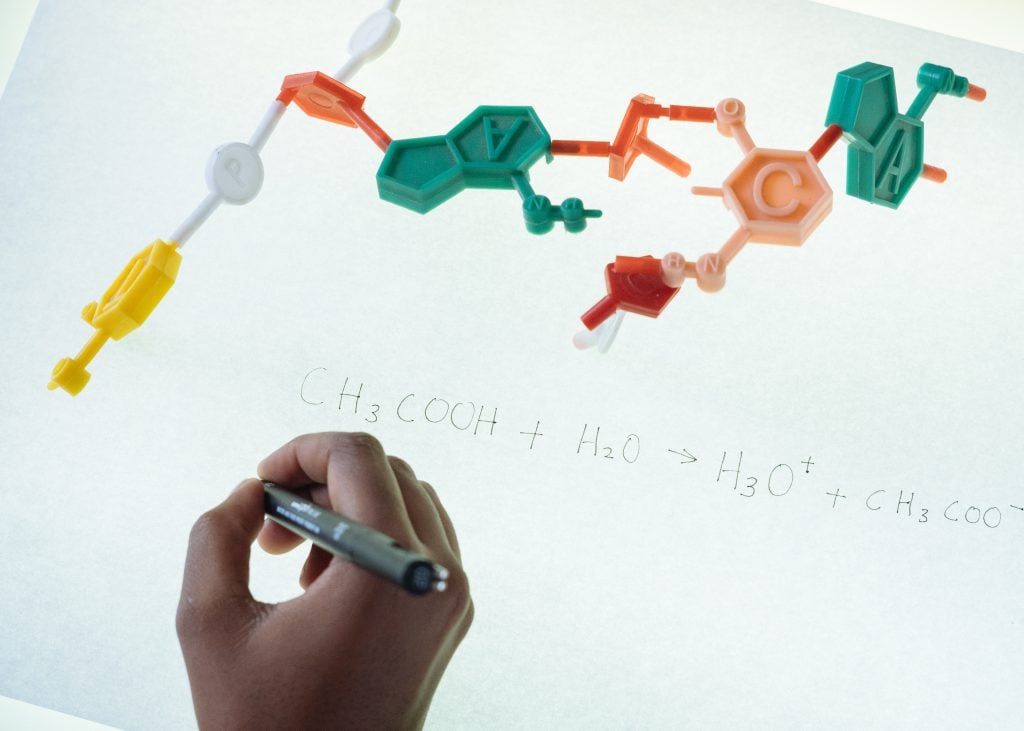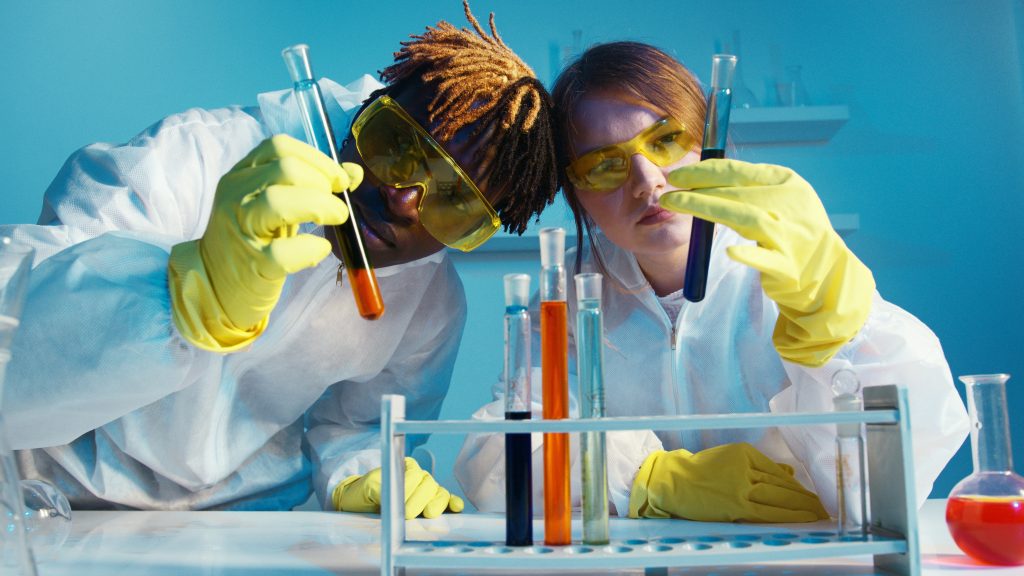‘Click Chemistry’ Scientists Take Home The 2022 Nobel Prize In Chemistry
Three chemists received the 2022 Nobel Prize in Chemistry for pioneering “click chemistry” and bioorthogonal chemistry. The brilliant scientists from different universities will therefore split the award.
They developed toolkits for snapping together molecules like Lego building blocks. With it, scientists’ construction of complex molecules in the lab and in living organisms will be easier. It can be used in building polymers, and drug molecules, tracking biomolecules among cells, etc.

Olof Ramström, a chemist at the University of Massachusetts, said the discovery could be used for almost everything.
The president of the American Chemical Society believes the applications for this discovery are very broad. According to the woman, the developed chemistry will have a huge impact on medicine.
Sharpless pioneered “click chemistry” about 20 years ago. It is an easy and quick way to attach two compounds using connector molecules. However, developing these kinds of molecules that can bond in a chemical reaction was challenging.

Sharpless and Meldal managed to discover a solution while working independently. A combination of a smidge and a mixture containing azide and alkyne helped the scientists to snap the two molecules together into a ring-shaped chemical quickly. Ramström indicates that without the molecules, it can combine with copper, but sluggishly.
Subsequently, scientists have discovered other molecules capable of snapping together molecules.
Catalyzing reactions with copper work fine in a glass beaker. However, it can be harmful to live cells. Another chemist, therefore, came up with a way to do copper-free click chemistry. This enables scientists to design chemical reactions inside organisms without mucking up their normal cellular functions.
He tricked cells into combining a click chemical into sugars by decorating the cell’s surface. When the cells are exposed to a different click chemical, a type of alkyne, they snap together, like how the molecules in Sharpless’ and Meldal’s react.

When the alkyne is linked to the green-glowing molecules, scientists can illuminate the surfaces of cells.
